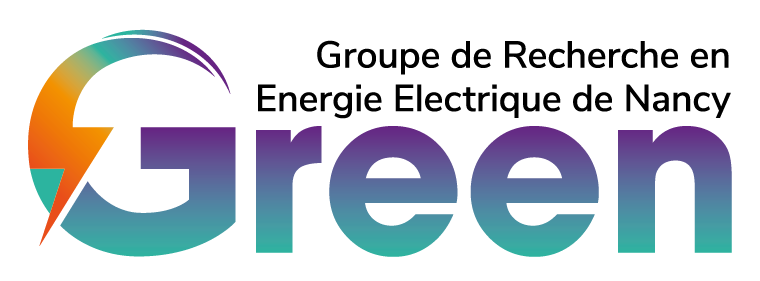Proton exchange membrane water electrolysis: Modeling for hydrogen flow rate control
Résumé
Nowadays, the proton exchange membrane electrolyzer (PEMEL) is a promising and attractive technology when coupling with renewable energy sources (RES). Indeed, PEMEL can respond quickly to the dynamic operations of RES. Given that PEMEL must be supplied with a low DC voltage, DC-DC converters are mandatory. In this work, a stacked interleaved buck DC-DC converter is used. In this paper, the tuning of proportional, integral and derivative (PID) controllers, which are often used to enhance electrolyzer performances (efficient and reliable operation), is based on the dynamic behavior of the PEMEL. Before designing the PID controller, a model of the PEMEL is proposed based on input-output measured data, and this model is combined with the converter state-space description. Then, the obtained global model is used to tune two PID controller configurations: the first one to control the current and the second one to control the voltage of the PEMEL. Experimental tests are carried out to validate the effectiveness of the designed control laws.
Origine : Fichiers produits par l'(les) auteur(s)

